Combat aircraft. He flies, what more do you want?
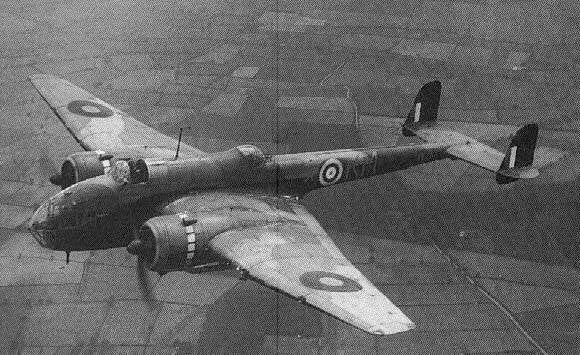
In general, "Hampden" was one of the three bombers with which Great Britain entered the war. Wellington, Wheatley and our hero. We talked about Wheatley, Wellington is ahead of us, but those two participants in the initial stage of the war deserved warm words about themselves.
With Hampden, things are more complicated.
It is more difficult because, in fact, the developer company is not, as it were, to blame for the fact that it turned out to be a "Flying Suitcase". These were the conditions of the mission, into the framework of which the plane had to be literally driven.
When did it all start? When some progressive (in fact, progressive in the most conservative Britain!) Forces decided that all these biplanes with their cables, braces, drains and other anachronisms such as non-retractable landing gear should go away.
Really, all over the world in aviation something out of the ordinary was happening: seaplanes with floats won speed over land aircraft, passenger monoplane airliners overtook fighters, and only bombers personified such a leisurely force.
By the way, in the "backward" USSR TB-1 and TB-3 were at least monoplanes. Albeit very unhurried. Others were much sadder.
In general, after looking at all this, the British Royal Air Force decided: general cleaning of the air fleet and monoplanes with retractable landing gear! But all that type of "Overstrand" and "Sidestrend" from Bolton Paul had to go. On retire. With the subsequent sawing for firewood.
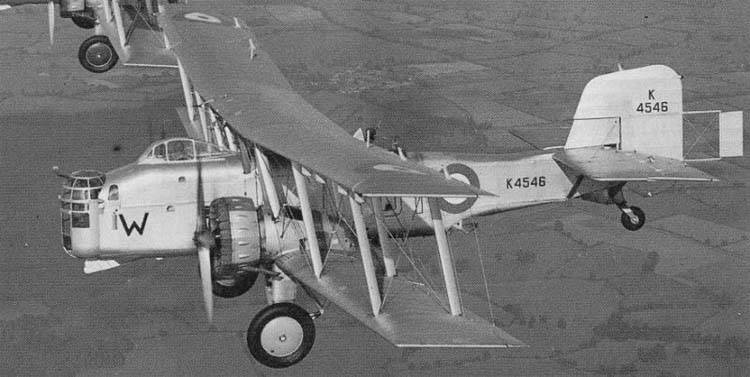
This is Overstrand. Very modern for the time.
In general, despite all the tricks of the League of Nations and agreements such as the Washington and London treaties, the arms race not only continued, but began to gain momentum in full.
Speaking of the agreements between London and Washington, which concerned naval aviation, and even then not very strongly, this is probably not the best example. Although, as an attempt to slow down the development of the naval forces - quite.
Aviation had its own "Washington" - the Geneva Treaty of 1932, which tried to limit the bomb load and weight of the aircraft depending on the engine power.
As a result, in the bowels of the military department, a draft assignment for a bomber was born, which could carry 1 kg of bombs over a distance of 600 km (1 with suspended tanks) at a speed of at least 000 km / h. The maximum operating altitude of the new aircraft was determined at 2 m.
The crew was supposed to consist of four people: a pilot, a navigator and two gunners, one of whom was supposed to be assigned the duties of a radio operator. Defensive armament was to consist of two machine gun turrets.
For such a promising order in 1933, Bristol, Gloucester, Vickers and Handley Page came together in a battle. During 1933 and 1934, Gloucester and Bristol retired, leaving only Vickers and Handley Page on the virtual battlefield. Both projects caught the interest of the RAF, and - strangest of all - both went into production.
The prototype of the Vickers firm later became the Wellington, a real heavy bomber, but the Heidley Page had a lower class machine. Medium bomber.

The bomber project, named HP.52, was planned for testing with Rolls-Royce "Goshawk" engines. These motors were not the height of perfection, moreover, they had a very weak point - an evaporative cooling system. Meanwhile, the plane could fly at a speed higher than required. According to calculations, with engines Bristol "Mercury VI", HP.52 could accelerate to 370 km / h.
And here the world community, stubbornly unwilling to disarm, did the aircraft manufacturers a favor by breaking several treaties on arms limitation. The result of these failures was the complete lifting of restrictions on aircraft in general and bombers in particular.
Naturally, the RAF removed all power restrictions and even increased the required range to 2414 km. The "heart" of the future bomber was Bristol "Pegasus XVIII", the best British air-cooled engine at that time.
The result was an airplane, albeit very extraordinary in terms of appearance.
The cockpit, along with armament and main onboard systems, was very tightly packed in a high but narrow forward fuselage. It was for this that the plane received the nickname "Flying Suitcase".
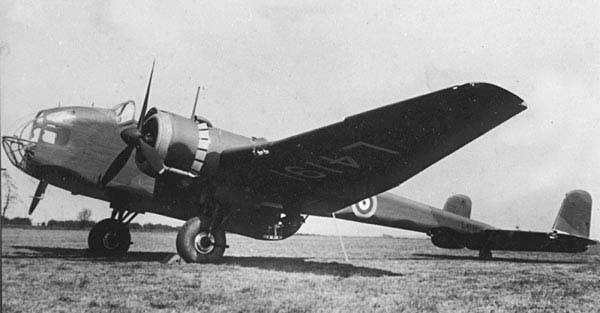
The layout was really peculiar. In the nose of the fuselage, with solid glazing, was the cockpit of the navigator-bombardier.
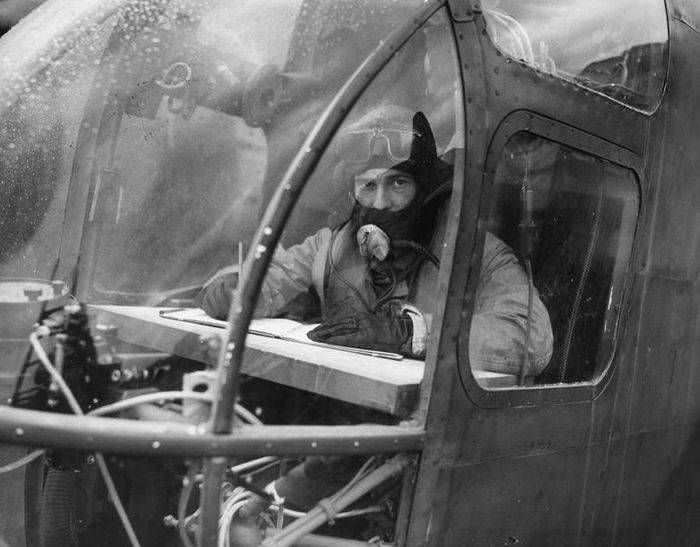
Above him was the pilot.
The cockpit was placed in front of the wing edge and provided excellent visibility, plus the canopy on it moved back, like a fighter, that is, in order to leave the car in which case it was very easy.
The pilot actually sat on the bomb bay, and behind the bomb bay, above and below, were the arrows.
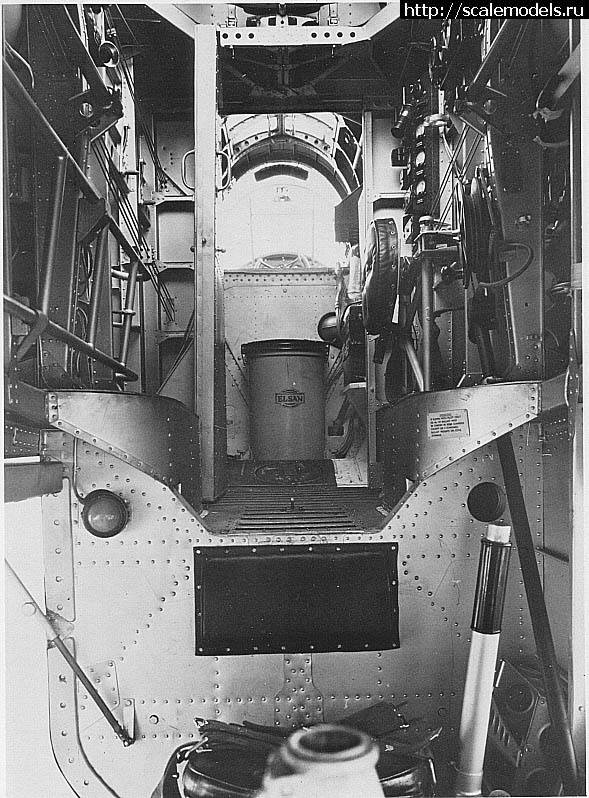
The lower one sat in a retractable machine-gun turret (nicknamed "trash can"), and the upper one operated with a conventional turret.
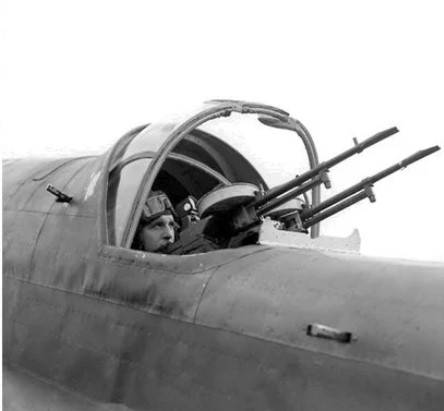
Coaxial machine guns indicate that this is most likely already 1942.
They wanted to install the "trash can" in the nose, according to the fashion of that time, but it did not fit into the narrow space of the fuselage. Therefore, they simply installed two course machine guns, and on this we finished with weapons.
After the cockpit, such a thin tail boom began, which carried a horizontal trapezoidal tail with rounded tips and two small keels.
The motors were placed as close to the fuselage as possible in order to minimize the turning moment.
The Hampden made its first flight on June 21, 1936. "Pegasi" with a capacity of 1000 hp each car accelerated to 426 km / h.
The plane could take on board about 1800 kg of bombs: two 906 kg each or eight 226 kg.
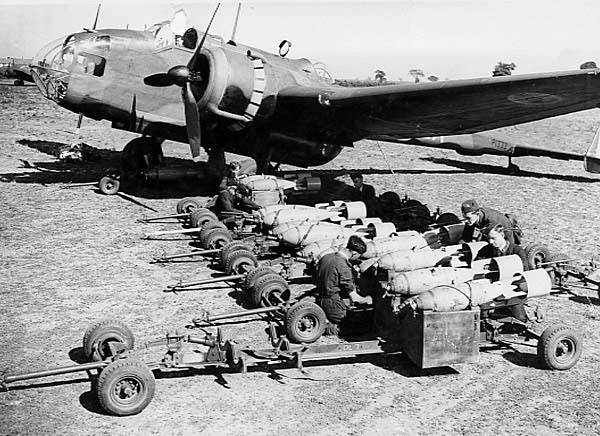
Instead of bombs, it was possible to take sea mines weighing 680 kg.
In the case of using "Hampden" as a mine layer, for flights at a considerable distance, he relied on a more powerful radio station and radio direction finder.
All this slightly increased the weight of the aircraft by about a ton. It was an unpleasant moment, and therefore they decided to abandon the towers. More precisely, from the tower, because at the time of 1937 the bow tower was not yet ready. As a result, the shooters received turrets with coaxial machine guns 7,62 mm Vickers "K". Two machine guns were in the bow. The navigator fired from the first, the second, fixed, was under the control of the pilot.
Even in 1937 it was not enough. But the military department considered that weak defensive weapons would be compensated for by high speed. "Yes Yes!" - grinned in "Messerschmitt", finishing Bf.109 ...
The aircraft received the name "Hampden". In honor of the British city and at the same time the defender of freedoms, John Hampden, an orator from the 17th century.
The first series of 180 aircraft was ordered in September 1936, when British intelligence reported that the Junkers Ju-86 and Dornier Do-17 were launched in Germany.
The production aircraft went into service in 1938. The car flew at a speed of 408 km / h, the range increased to 3 km with a bomb load of 060 kg. The cars were assembled not only in Britain, the Canadian consortium CAA joined the production, which established the production of Hampdens for Britain at its factories in Canada.
Hampdens were also produced at factories of other companies, for example, Short Brothers and Garland. A total of 1 copies were made.
When the Second World War began, there were 226 Humpdens in the units. But in reality, only 10 RAF battalions flew (one battalion - 16 aircraft). In general, the Hampdens and Wellingtons had to assume a major role in the early stages of the war.
The Hampdens made their first sortie on September 3, 1939. But combat activity was reduced to laying mines (Operation "Gardening") in German waters and scattering leaflets.
On September 29, the 144th Bomber Command Division carried out an afternoon raid on German destroyers off Helgoland Island. The Germans quite calmly shot down 5 of the 11 planes that flew. After that, the use of Humpdens during the day began to be reduced to a minimum. Losses have decreased, but so have efficiency.
Overall, it became clear that the latest Royal Air Force aircraft was not that great in terms of speed and maneuver.
Therefore, all that is left is to use planes at night.
The Hampdens continued to throw out leaflets, bomb various infrastructure at night, and plant mines.
The effect, however, was small. Affected by the low training of flight personnel for night operations. Therefore, it is not surprising that all the 900-kg Hampden bombs dropped on the Scharnhorst in Kiel on July 2, 1940 passed by.
There were also successes. On the night of 13 August, the Hampdens destroyed the locks on the Dortmund-Ems Canal with high-explosive bombs.
In the year since the beginning of the war, the crews of the Hampdens have laid 703 mines in German waters. For 1209 sorties, the losses amounted to 21 aircraft, which can be considered quite acceptable losses.
The "Suitcases" also took part in raids on cities, including Berlin. With the extra outboard tanks, it was easy.
In general, by the end of 1940, the Hampdens had become full-fledged "night lights", although from time to time they were attracted to daytime raids. It is believed that it was the "Hampden" from the 44th division that hit the "Gneisenau" in the port of Kiel in May 1941.
There was an attempt to turn the Hampden into a night fighter to fight German bombers. For this, another shooter was added to the navigator, the machine gun was replaced with two 20-mm Hispano cannons. However, the absence of the radar did not give the expected results, because the aircraft were disarmed and returned to the bomber units. The Hampden's heavy night fighter did not work.
The Hampdens also took part in the famous Thousand Aircraft raids. The operation was conceived as a response to the Luftwaffe bombing. The bomber command allocated 700 of its bombers, but this was not enough. Then the Coastal Command and frontline aviation were connected, with the help of which the number of aircraft was brought to 1.
On the night of May 31, 1942, a raid was made on Cologne. 898 aircraft dropped 540 high-explosive and 915 incendiary bombs on targets. The attack cost 40 bombers shot down. Another 85 British aircraft were damaged by antiaircraft artillery and 12 by night fighters.
In total, the Hampdens made 16 sorties, in which they dropped 541 tons of bombs. 9 aircraft were lost in battles, 261 were lost in accidents and disasters for various reasons.
As part of the Coastal Command, five squadrons of bombers and torpedo bombers "Hampden" were in operation until the end of 1943, but even in BC "Hampdens" were changed at the earliest opportunity for more modern aircraft.
These planes also ended up in the Soviet Union. Moreover, under very peculiar circumstances.
1942 year. That is, the year when everyone is trying to get rid of the Humpdens. And then two squadrons on these "Suitcases" were sent to the USSR to help escort the PQ-18 caravan, after, again, on their "wise" initiative, the British presented the PQ-17 convoy to the Germans.
Two squadrons, British and Australian (144th and 455th) flew to the Kola Peninsula and fought there for two months. And then exhaling, with the words "finally!", With relief and pleasure they left their planes to the allies. That is, to us.
"Modern" aircraft, with an exhausted resource, practically without spare parts. A very generous gift. Plus motors designed for other gasoline and oils, plus inevitable problems with weapons.
In all stories I would like to say only one thing about relations between us and the British allies: the British have always been with great pleasure to share with us all the rubbish that they themselves did not need.
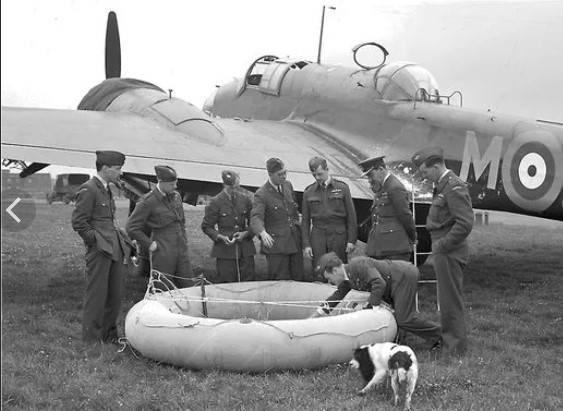
It applied to everything. Old "Hurricanes" of the first issues, transferred from Africa Tanks with a depleted resource, rusty destroyers and so on. I paid a lot of attention to the "Other Lend-Lease", and tried to speak as fairly as possible about deliveries. And after studying a lot of documents and evidence, I can only say that the Americans behaved like people and allies, and the British behaved as usual.
Well, since we were no stranger to wearing British rags, then in the 24th and 9th mine-torpedo air regiments these nightmares were exploited right up to 1943.
About weapons. The British, who gave us the planes, did not feel any emotion at the very thought that there would be nothing to fight on these planes. The Soviet air torpedo was as much as 75 centimeters longer than the British one. Nothing, got out. They cut the bottoms, moved the power supports, welded on the hatch flaps, remade the grippers. And in the end they shoved our 45-36AN instead of the British Mark XII.
In the field.
And on December 18, 1942, a combat mission took place with the participation of the torpedo bomber "Hampden" - one Il-4 and one "Hampden" took off to free hunt for enemy ships in the Tanafjord area.
And so they fought until these machines were completely worn out. And they fought well. The feat of the crew of Captain V.N. Kiseleva. A group of torpedo bombers (5 units) under the cover of Pe-3 fighters (6 vehicles) on July 24, 1943, attacked the convoy transports en route to Germany from Norway. The ships of the convoy covered seaplanes and Me-110 that took off from the coastal airfields.
In the ensuing battle, one "Messerschmitt" Me.110 and one "Heinkel" He.115 were shot down, on our side two Pe-3s and one "Hampden" were lost. The leader of the group, Captain Kiselev, was shot down by the anti-aircraft guns of the convoy.
The crew decided to go to the end, the burning plane dropped a torpedo and got into the Leese transport (displacement of 2 tons) and headed for another transport with the intention of ramming. But it did not reach several tens of meters and fell into the water.
The torpedo bomber's crew was awarded the title of Hero of the Soviet Union.
And shortly before this incident, on January 14, 1943, two torpedo bombers "Hampden" discovered a caravan of seven ships. The plane of captain A.A. Bashtyrkov was hit by escort ships when going into the attack. The torpedo bomber caught fire, but did not turn off the combat course and, before falling into the sea, managed to drop a torpedo along the transport. True, the transport dodged her. Nevertheless, the crew commander A. A. Bashtyrkov and the gunner - radio operator V. N. Gavrilov were posthumously awarded the title of Hero of the Soviet Union.
The second "Hampden" was able to drop a torpedo under fire and return to base. Captain V.N. Kiselev ...
These two cases became the basis for one of the best and most poignant films about that war - "Torpedo Bombers". Only in the film, as those who watched know, the IL-4 was shot. Which is in principle justified. Heroes must fight on domestic planes, not on a foreign "suitcase".
The last sorties in the composition of the Soviet air force "Hampdens" made at the very end of 1943.
In general, about this machine, you can say about the same thing that we said about our SB and TB-3, on which we started the war. "There was no other."
In principle, the Hampden was a good aircraft, quite modern at the time of its creation, but somehow it was rapidly outdated. Moreover, its obsolescence was all postures of the auspices of the word "too".
Too slow speed, too clumsy (especially for a torpedo bomber), too weak defensive armament, absolutely no armor for the crew. The range and bomb load were good, but what good is a good range if there is only one pilot?
Yes, at the end of Hampden's service, coaxial machine guns appeared on the gunners' turrets, but in 1942 the 7,7-mm caliber was no longer very serious.
But there was no other, that's why they fought on the "Suitcase". And as soon as there was something, they immediately replaced it.
Which, on the whole, was perfectly fair.

LTH Hampden B.Mk.I
Wingspan, m: 21,08
Length, m: 16,33
Height, m: 4,55
Wing area, м2: 60,75
Weight, kg
- empty aircraft: 5 343
- normal takeoff: 8 508
- maximum take-off: 9 525
Engine: 2 x Bristol Pegasus XVII x 1000
Maximum speed km / h: 426
Cruising speed, km / h: 349
Practical range, km: 3 203
Combat range with maximum load, km: 1 400
Maximum rate of climb, m / min: 300
Practical ceiling, m: 6 920
Crew, prs: 4
Armament:
- two 7,7 mm machine guns in the bow;
- two 7,7 mm machine guns installed in the dorsal and dorsal positions;
- bomb load up to 1814 kg inside the fuselage.
- Roman Skomorokhov
- Combat aircraft. Terribly beautiful and vice versa
Combat aircraft. Tirpitz, we were just stronger!
Combat aircraft. Such an inconspicuous Anson veteran
Combat aircraft. Pain and sorrow like a king
Combat aircraft. Terribly beautiful and vice versa
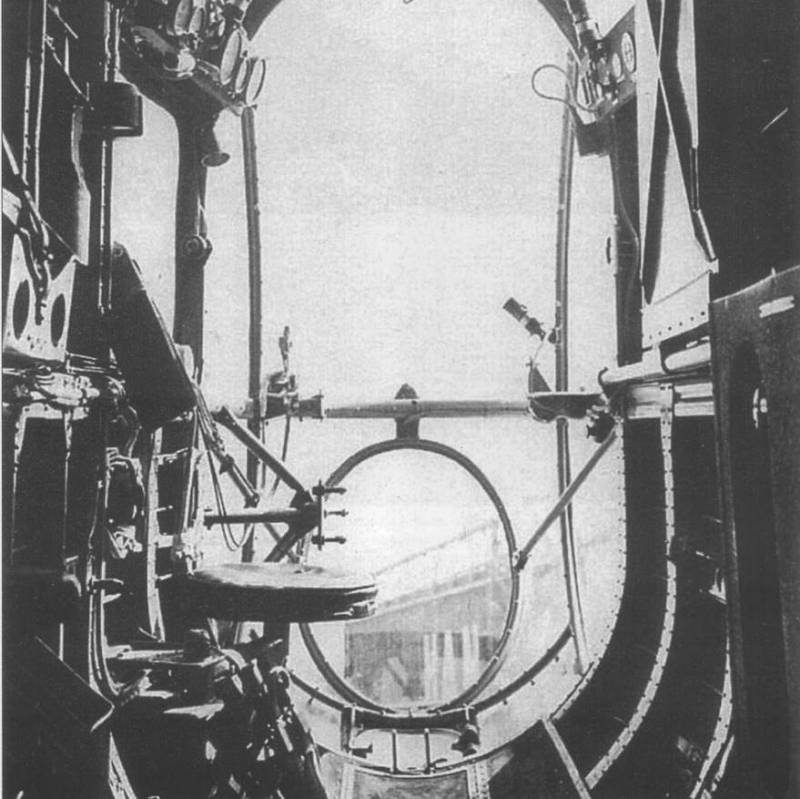
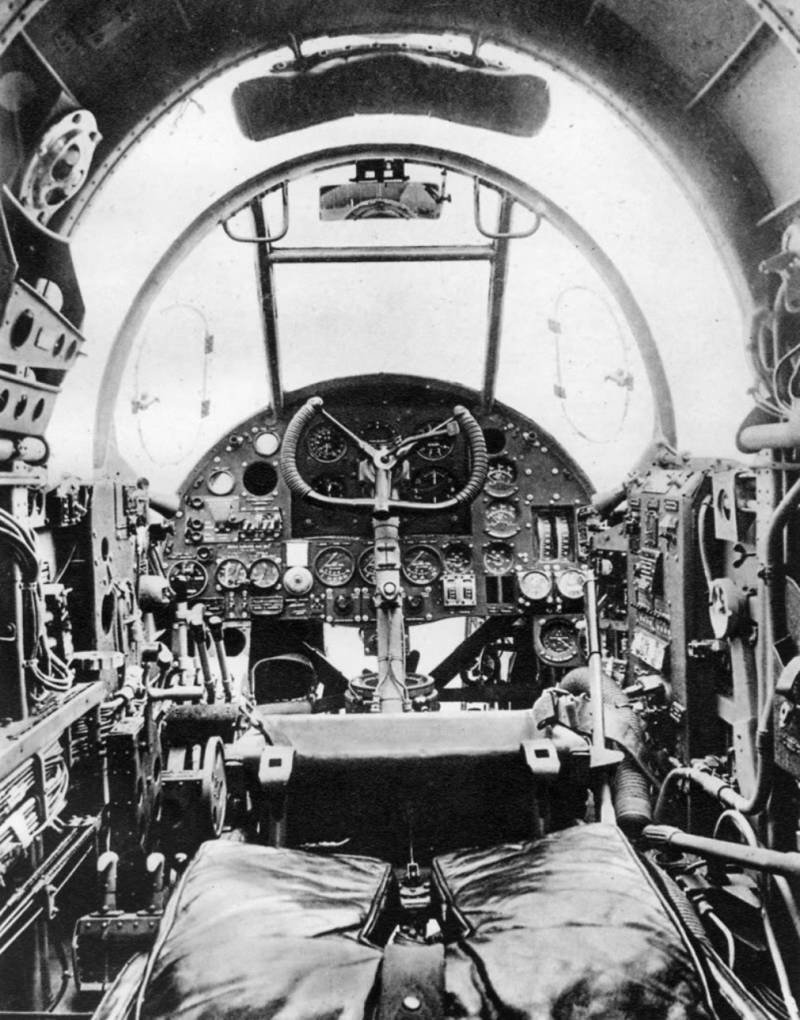
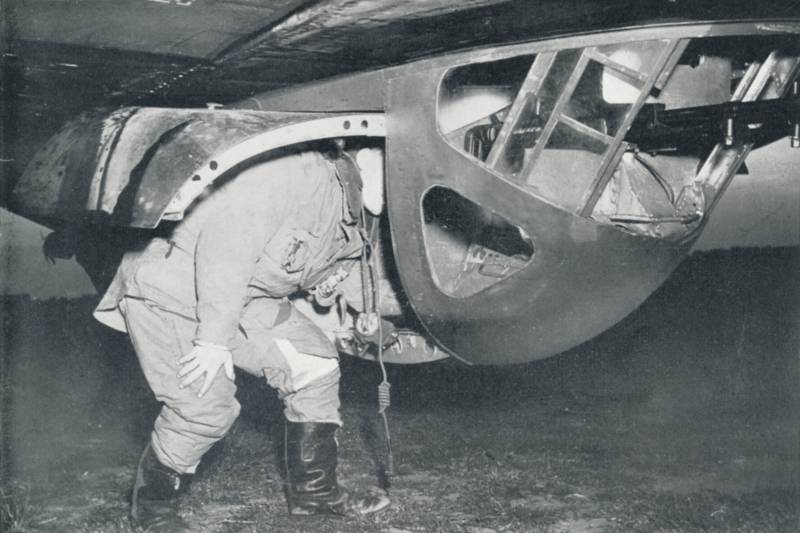
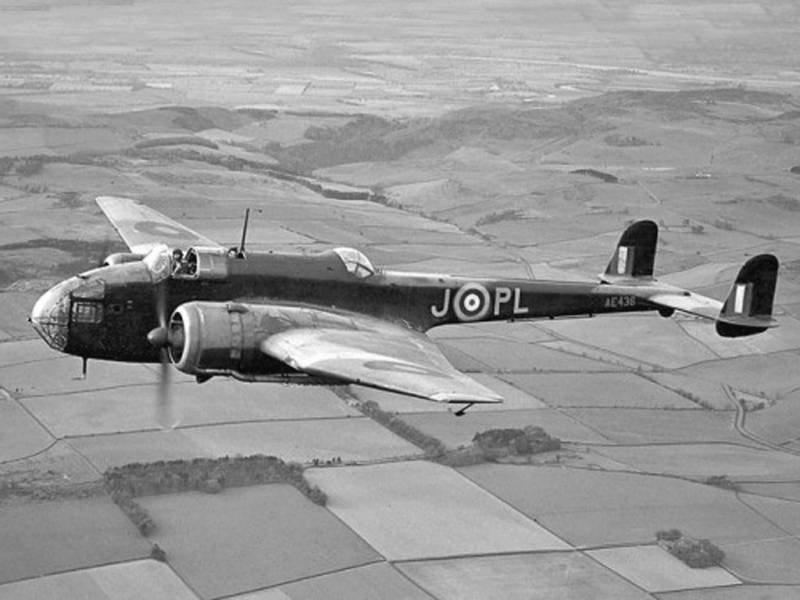
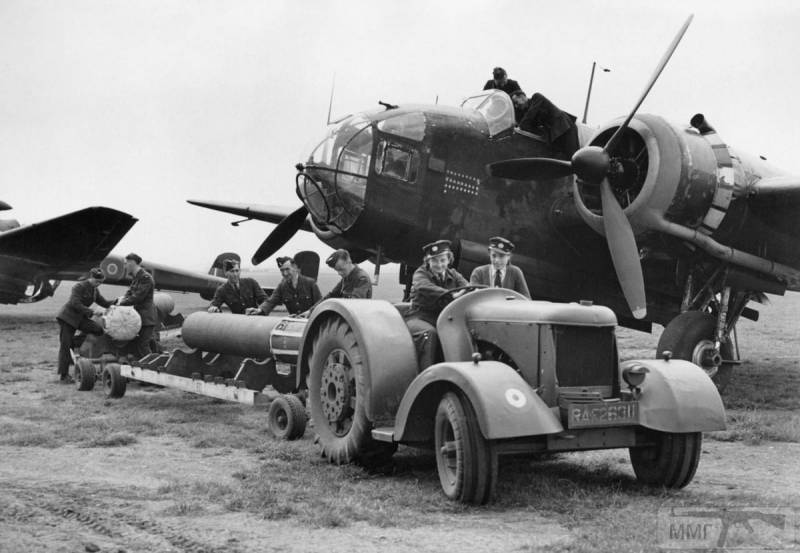
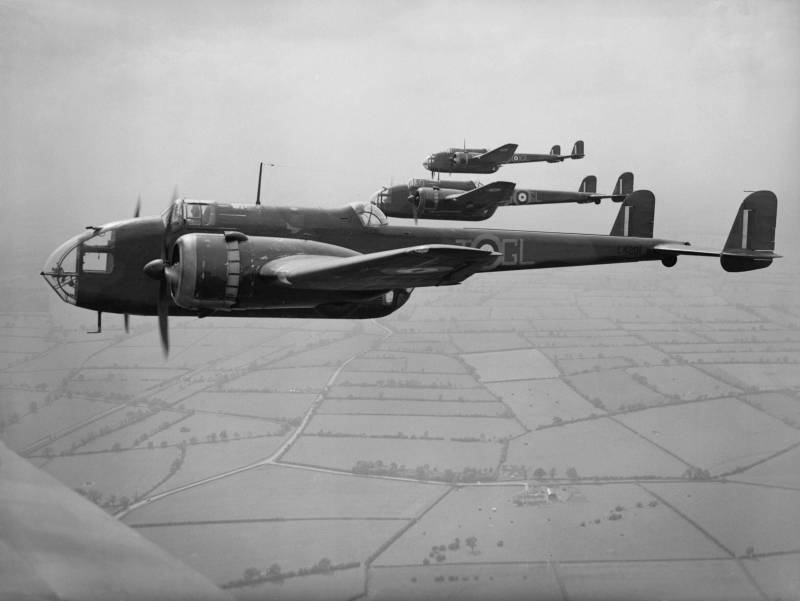
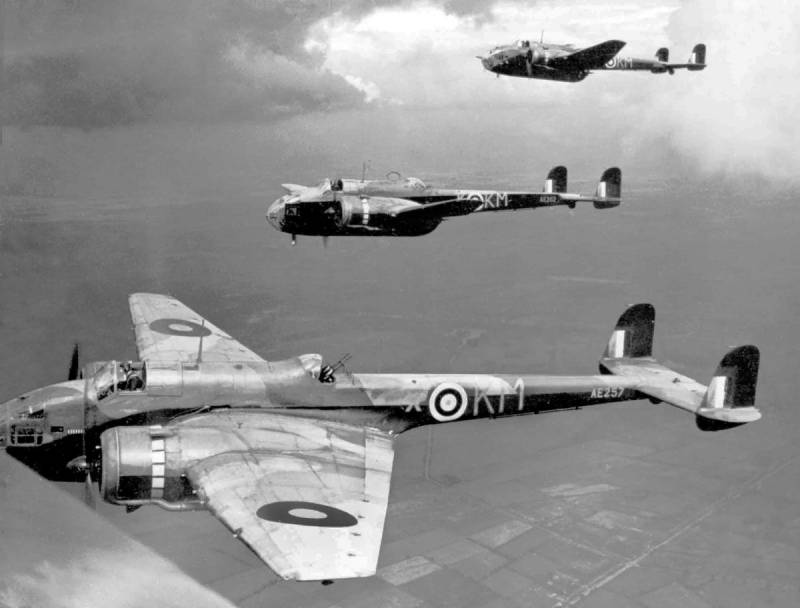
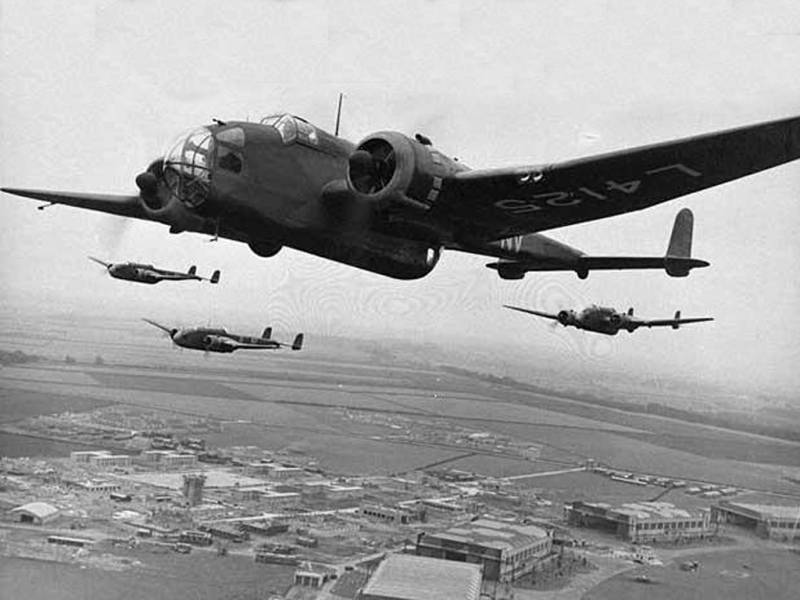
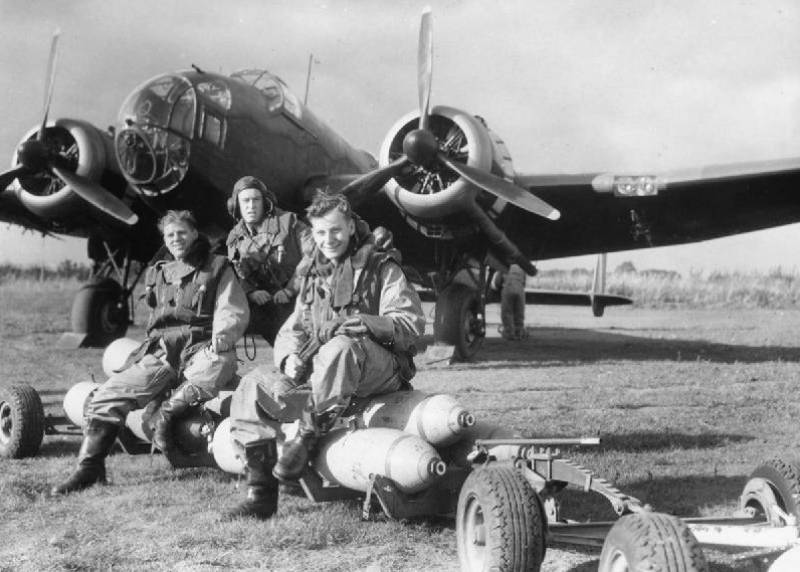
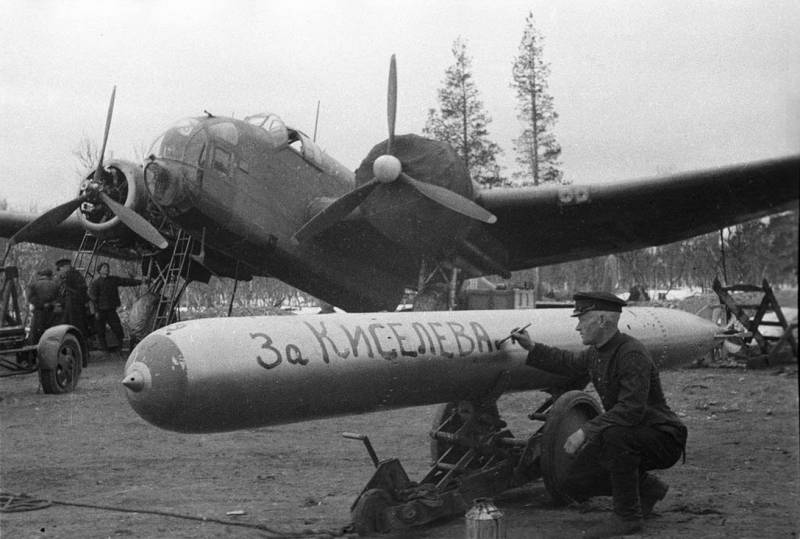
Information